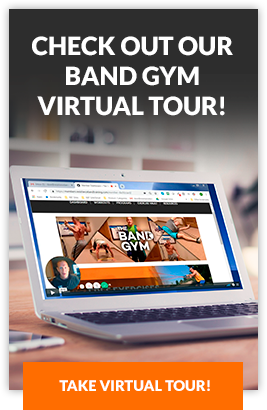Band Gym Minute
How to Easily Take Your Bands On a Run or Walk
A Band Gym Minute with Your Host
Dave “The Band Man”® Schmitz
Add strength training into next run or walk by taking a band with you. It's super easy to do. Today's Band Gym Minute show you exactly how to take a band with you on every run or walk.
Episodes
Your RBT Challenge
I honestly believe that if you are provided a “Done-for-YOU” resistance band training program for 28 Days that you can easily commit to doing 4 days per week for 20 Minutes, you will learn and feel the impact resistance band training will add to your 2023 fitness journey. The RBT Challenge is waiting for you in The Band Gym.
*For First Time Members Only
I look forward to working with you over the next 30 Days.
Coach Dave


